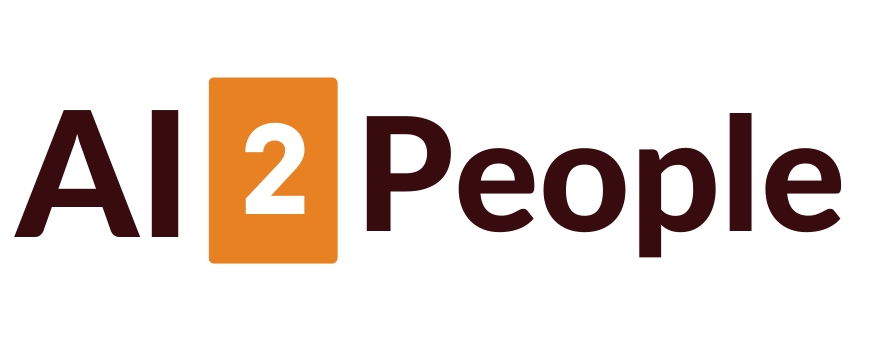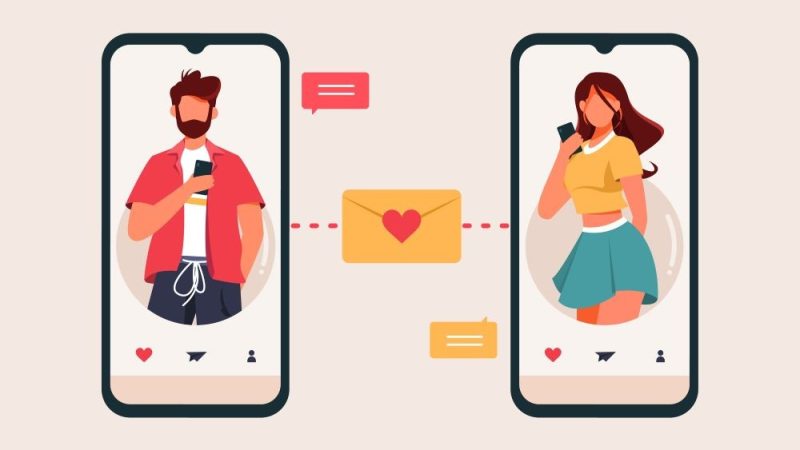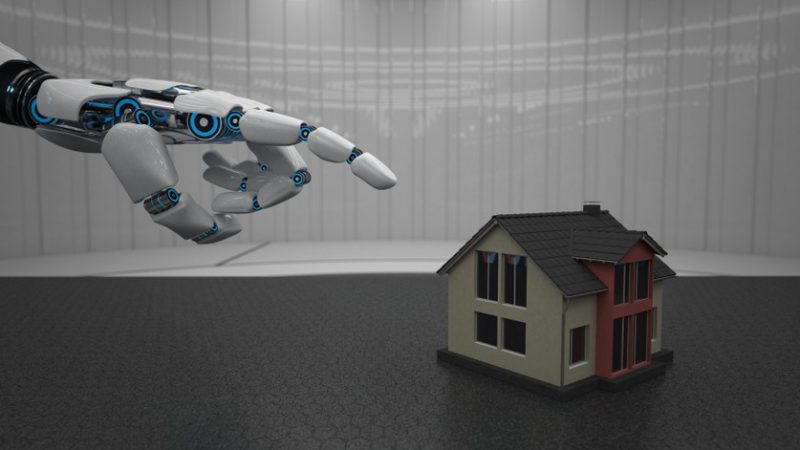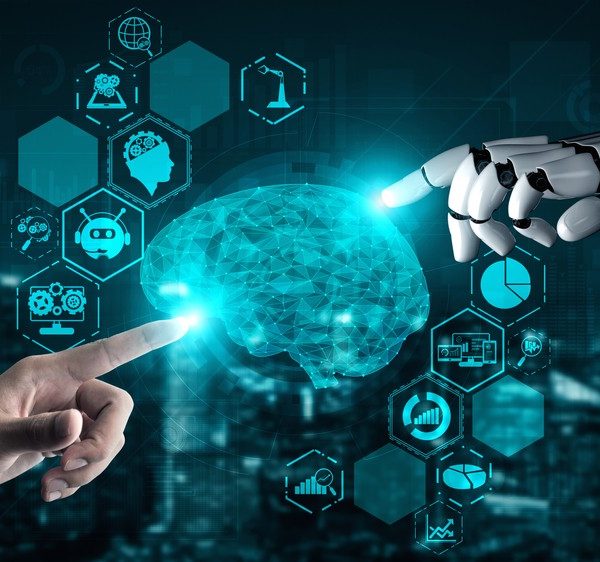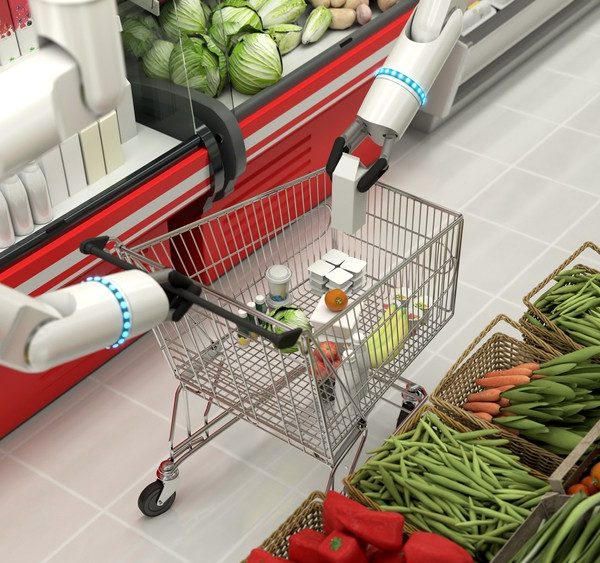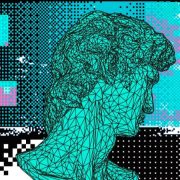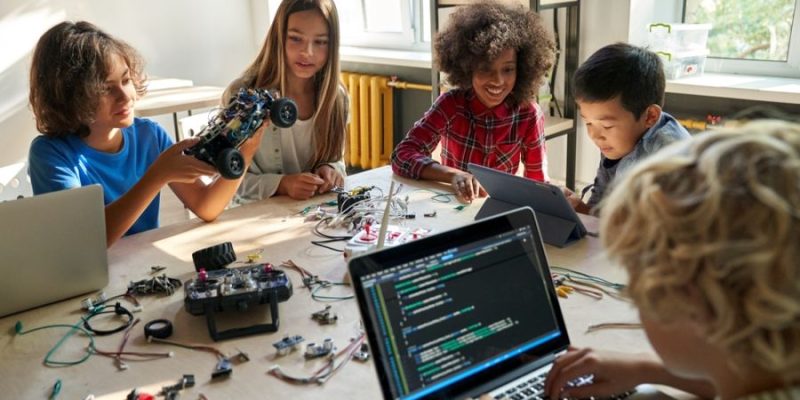
12 Uses of AI in Education
The field of education is burdened with outdated systems and practices, but the integration of AI tools and technologies can revolutionize and modernize traditional learning structures.
With the continuous evolution and advancement of AI technology, it has the potential to significantly transform the learning experience for students and teaching methods for educators. To ensure the expected outcomes, educators must plan a digital transformation within their domain and incorporate suitable AI applications.
The surge in the AI education market is attributed to the growing demand for personalized learning, enhanced student performance, and the widespread adoption of AI-based educational solutions by academic institutions across the globe.
The global market for AI in education is witnessing a remarkable surge and is projected to reach a whopping USD 3.7 billion by 2025, as per a MarketsandMarkets report. This marks a Compound Annual Growth Rate (CAGR) of 36.0% during the forecast period, from a mere USD 0.8 billion in 2020.
List of AI uses in Education
Artificial Intelligence is transforming the education industry by automating various tasks that were once performed manually, allowing educators to focus more on improving the quality of education. Here are 12 significant uses of AI in education:
Grading Software
AI-powered grading software is revolutionizing the way assignments are graded. By combining machine learning and data collection, these tools can replicate the human grading process of teachers and professors.
This technology can grade essays, papers, and tests in seconds, even in different languages. Additionally, it can easily integrate into existing virtual environments or cloud-based platforms, making it an ideal solution for teachers with a high volume of papers to grade.
By automating this process, educators can spend more time on value-based work instead of wasting hours on grading.
Admin Tasks
AI tools can help streamline administrative tasks such as scheduling, rescheduling classes, marking attendance, grading papers, finance, accounting, and record-keeping in schools, colleges, and universities.
By automating these mundane tasks, educators and staff can focus on improving the quality of education. These AI tools can perform a variety of functions, including sending truancy alerts, generating report cards and other correspondence to parents, scheduling meetings, automating routine student forms and enrollments, and streamlining other record-keeping tasks.
Voice Assistants
Voice assistants are becoming increasingly popular in the education industry. These AI-powered assistants can help users schedule study calendars, listen to coaching instructions while on the go, and provide instant answers to students’ basic questions in class.
These voice assistants provide personalized education within seconds and offer community learning opportunities. Furthermore, they can be used in apps on smartphones, even if they don’t have smart speakers.
Personalized Learning
AI tools can assist in providing tailor-made study schedules and customized learning based on the specific needs of individual learners. These tools identify knowledge gaps, create instructions, testing, and feedback systems for students from preschool to college.
The AI-powered software, games can set a strategy for students to learn at their own pace, time, and requirements for repeated practice. This machine-assisted classroom environment can help teachers customize individual lesson plans based on students’ individual needs, resulting in differentiated and adaptive learning that can build a solid foundation for all kinds of learners.
For example, a personalized learning system might identify that a student struggles with a particular concept in mathematics. The system would then provide the student with additional resources and support, such as targeted practice problems or videos, to help them master the concept. As the student progresses, the system would continue to adjust the instruction to meet their changing needs.
Smart Content
Smart content can range from digital textbooks, guides, instructional snippets, and videos to AI tools that create customized environments for the educational organization based on strategies and goals.
Personalization in education is the future global trend that can be accomplished by identifying the areas in which AI tools can play a role. For instance, schools can create AR/VR-based learning environments as well as web-based lessons to accompany them. AI monitoring and evaluation tools can streamline content for different learning styles and match pace with diverse learning curves. When many students submit an incorrect answer, AI and ML-powered algorithms can identify the areas that need improvement in the curriculum to fill in the gaps in defective or ineffective content and help teachers correct it.
Intelligent Tutoring
Tutoring programs or intelligent tutoring systems (ITS) based on artificial intelligence are equipped to handle personalized feedback and instructions for one-on-one teaching. However, they cannot replace teachers since they are not advanced enough to teach how a human can.
They can help in scenarios where human tutors are not available for small lessons that can be taught and evaluated online. It can be an effective tool in e-learning platforms to teach languages, geography, circuits, medical diagnosis, computer programming, marketing, mathematics, physics, genetics, chemistry, etc. They are designed to factor in engagement, metrics for grading, and comprehension.
Virtual Learning Environment
With the help of VR (Virtual Reality) technologies, students can access interactive content directly from their mobile devices or laptops. Virtual learning environments offer a group educational experience, provide student counseling services, and facilitate an immersive learning experience.
Additionally, VR headsets can aid students with ADD/ADHD by blocking out distractions and increasing their attention spans. Interactive virtual simulations can also assist learners in soft skill coaching, life skills, and self-development.
Gamification
AI-powered gamification can make learning more engaging and enjoyable by incorporating game elements such as points, badges, and leaderboards. Gamification can motivate students to learn and help them develop important skills like problem-solving and critical thinking.
This technique can be used in a variety of educational contexts, from K-12 classrooms to higher education and professional training programs. For instance, a gamified math program could award points to students for correctly completing practice problems and allow them to progress through different levels as they demonstrate mastery of various concepts.
Teaching the Teacher
AI can also recommend improvements to teachers’ plans, just as it can plan students’ lessons and personalize their learning courses. By expanding their view on their subject with the best material from other tutors, teachers can provide unique expert knowledge to the network and help students understand the subject better.
Additionally, artificial intelligence can provide teachers with a detailed picture of subjects and learning materials for course updates or development. As a result, teachers and professors can improve their courses to address the most common knowledge gaps or challenge areas before someone falls too far behind.
Identifying Classroom Weaknesses
Artificial intelligence can assist teachers in identifying weaknesses and gaps in the classroom. AI algorithms can detect when students miss specific questions or topics and notify teachers, who can then provide personalized explanations to these students.
These predictive systems are known as early warning systems and are used by nearly 50% of public high schools and 90% of colleges in the US to track student grades, attendance, and other factors. AI-powered early warning systems use precise performance data to predict students’ progress, enabling teachers to intervene early and prevent students from falling behind.
Creating Digital Lessons
AI can analyze a large topic and divide it into smaller, easy-to-understand parts to create study guides or digital textbooks. Additionally, AI can produce exercises and learning materials such as fill-in-the-blank questions, flashcards with definitions, and multiple-choice questions. Computer vision technology can be used to extract the necessary parts from learning materials, while natural language processing algorithms can be trained to create different types of learning materials.
Visualizing Information
AI-powered simulations, visualizations, and study environments can be used to help students understand complex information. These educational environments are integrated with AI-based stealth assessment, which means that the assessment process is seamlessly integrated into the environment, and students are unaware of being assessed.
Final Words
Effective implementation of artificial intelligence (AI) in education can offer numerous benefits to both teachers and students, ultimately enhancing the quality of the educational experience. AI-powered tools can offer a plethora of options to aid education, such as intelligent tutoring, stealth assessments, games, and virtual reality.
These tools can help educators guide students towards a better understanding of course material, promoting critical thinking skills and boosting academic performance. However, it’s important to note that the foundation of any educational system is good teaching and human interactions.
AI-based education bots can offer support for routine and repetitive tasks, freeing up teachers to focus on more creative and crucial aspects of education.
Overall, AI in education presents immense potential to revolutionize the way we learn and teach. By leveraging the power of technology, we can make education more accessible, engaging, and personalized for students.
